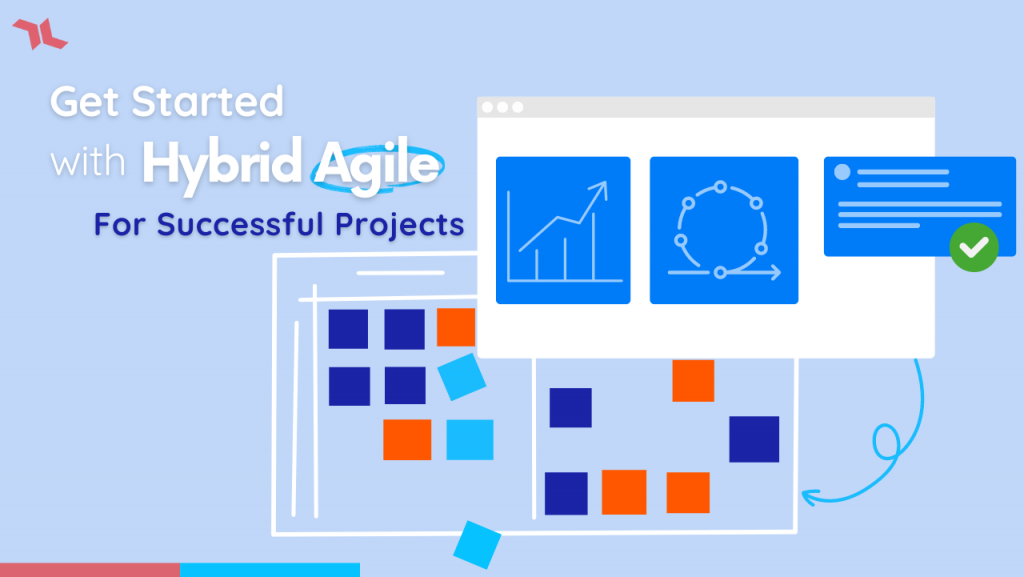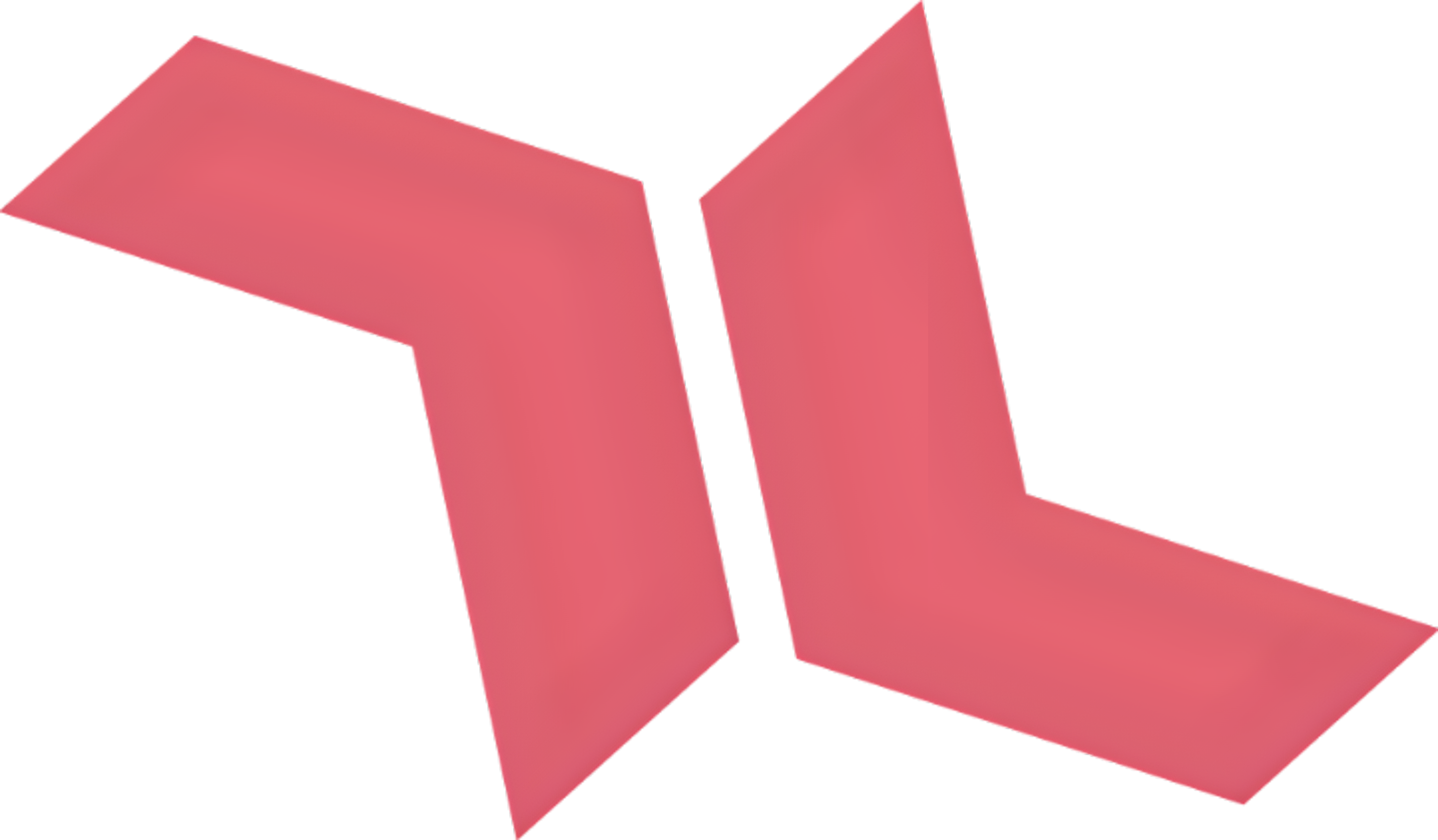Get Started with Hybrid Agile: 05 Tips for a successful Agile Framework
As complexity mounts with regulatory shifts, tech advancements, and growing client expectations, the need for flexibility has never been more apparent. But with various methodologies like Scrum, Kanban, and Waterfall vying for attention, how do you navigate the maze of choices? Keep reading as we explore the strengths of each methodology and uncover the power of a hybrid Agile framework.

As projects get more complex due to regulatory changes, technology improvements, distributed teams, and increasing client expectations, rigid and one-size-fits-all solutions are no longer effective.
This is where Agile steps in—a methodology that prioritizes collaboration and flexibility. Agile has long been a reliable fixture on most product teams looking to deliver value while maintaining flexibility to adjust to changes
Project Methodologies
While there isn’t one methodology that’s objectively “better” than another, some are better suited to certain tasks and goals.
Waterfall
Waterfall is a traditional project management methodology that follows a linear and sequential approach to software development and other projects. Unlike agile methodologies like Scrum and Kanban, which prioritize flexibility and adaptability, Waterfall emphasizes a structured and pre-planned process with distinct phases.
Benefits:
Predictability: The structured nature of Waterfall makes it easier to predict project timelines and costs, as the entire project is planned upfront and progress is measured against this plan.
Clear Requirements: Detailed requirements are defined early in the process, which can help ensure that the project delivers what the customer expects.
Structured Approach: The sequential nature of Waterfall can provide a sense of structure and clarity for teams and stakeholders, particularly those unfamiliar with agile methodologies.
Scrum
Scrum is an agile framework used primarily for managing software development projects, but it’s also applicable to other fields like marketing, research, or any complex work. It’s based on a set of values, principles, and practices that emphasize collaboration, adaptability, and iterative progress.
Benefits:
Flexibility: Scrum allows teams to adapt quickly to changes in requirements or priorities, fostering a flexible and responsive approach to development.
Improved Quality: The iterative nature of Scrum, combined with frequent testing and feedback, helps identify and address issues early, leading to higher-quality deliverables.
Team Empowerment: Scrum empowers teams by allowing them to self-organize and make decisions collaboratively, leading to increased motivation and productivity.
Kanban
Kanban is another agile framework that focuses on visualizing work, limiting work in progress (WIP), and maximizing flow. It’s often used in scenarios where work items have varying priorities and deadlines, and where continuous delivery is desired.
Benefits:
Flexibility: Just like Scrum, Kanban is very flexible and the fact that it focuses on flow and WIP limits allows teams to adapt quickly to changes in priorities or requirements, enabling them to respond to customer needs more effectively.
Visual Management: The visual nature of Kanban boards provides transparency into the status of work items, making it easy for team members and stakeholders to understand the current state of the project at a glance.
Reduced Waste: By limiting WIP and focusing on optimizing flow, Kanban helps identify and eliminate waste in the system, such as unnecessary waiting time, task switching, or overproduction.
Why go for a Hybrid Agile Framework?
Every methodology mentioned above has its advantages as well as limits. While Scrum provides a structured framework for iterative development and frequent feedback, Kanban offers flexibility in managing workflow and visualizing work in progress. On the other hand, Waterfall provides a sequential and plan-driven approach suitable for projects with stable requirements and predictable outcomes.
By leveraging the strengths of each methodology, teams can create a holistic project management strategy and together, these methodologies complement each other, offering a comprehensive toolkit for managing diverse projects effectively.
Tips for a successful Agile Framework
Here are some tips to help you create a successful hybrid Agile framework:
01. Identify Core Principles and Values
Identify the core Agile principles and values that resonate with your team and project goals. These principles, such as customer collaboration, responding to change, and delivering value iteratively, will serve as the foundation for your hybrid Agile framework.
02. Understand Your Team and Project Needs
Start by understanding the unique characteristics of your team and project. Consider factors such as team size, skillset, project complexity, and organizational culture. This understanding will guide you in selecting the most suitable Agile.
03. Select Appropriate Practices
Choose practices from different Agile methodologies that align with your team’s needs and project requirements. For example, you might adopt Scrum practices like time-boxed Sprints and regular retrospectives for planning and iteration, while incorporating Kanban practices such as visualizing workflow and limiting work in progress (WIP) for managing tasks and improving flow.
04. Encourage Collaboration and Communication
Foster a culture of collaboration and communication within your team. Encourage open dialogue, knowledge sharing, and cross-functional collaboration to maximize productivity and innovation. Tools such as daily stand-ups, information radiators, and collaborative decision-making can facilitate communication and alignment.
05. Be Flexible and Adaptive
Remain flexible and adaptive in your approach to creating and evolving your hybrid Agile framework. Continuously assess what’s working well and what could be improved, and be willing to experiment with new practices or adjustments as needed. Adapt your framework to accommodate changes in team dynamics, project requirements, and external factors.
Conclusion
It’s clear that there’s no one-size-fits-all solution (we’re agile minds, DUH!). Each methodology offers unique strengths, whether it’s Scrum’s structured approach, Kanban’s flexibility, Waterfall’s predictability, or even other methodologies like Lean, Extreme Programming (XP), and Adaptive Project Framework (APF). However, by blending these methodologies into a hybrid Agile framework, we can create a powerful toolkit for navigating the complexities of modern projects.
Key Takeaways:
- Understand your team and project needs to tailor your Agile approach accordingly.
- Select practices from different methodologies that align with your goals and requirements.
- Foster a culture of collaboration, communication, and continuous improvement within your team.
- Remain flexible and adaptive, adjusting your framework as needed to optimize project success.
Ready to take your Agile journey to the next level? Get Agile with our Atlassian services and unlock the full potential of your team and projects.


